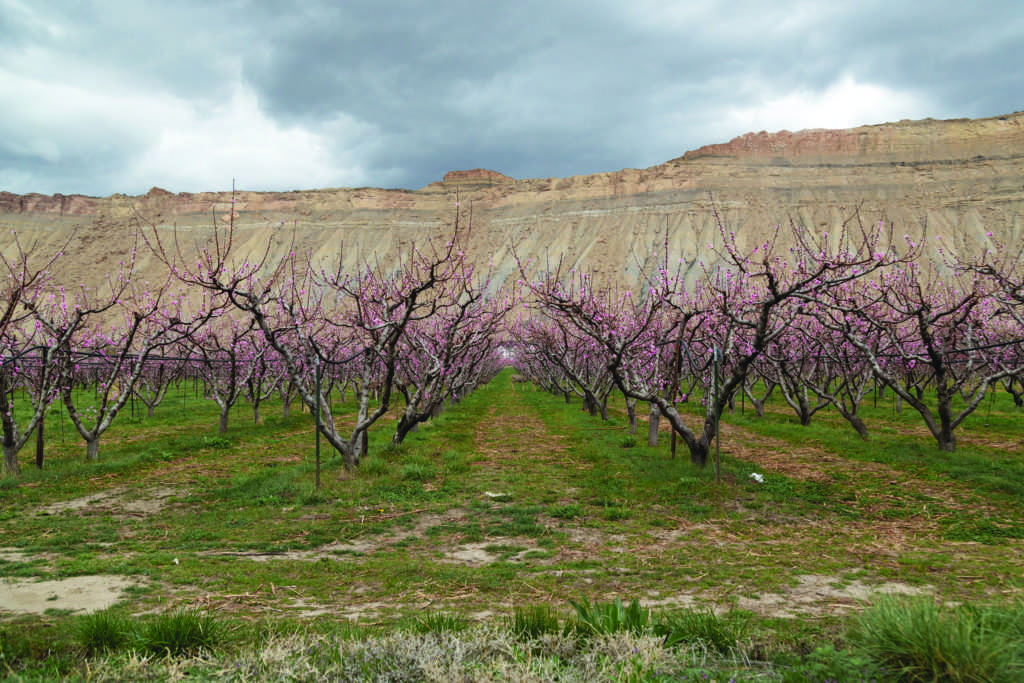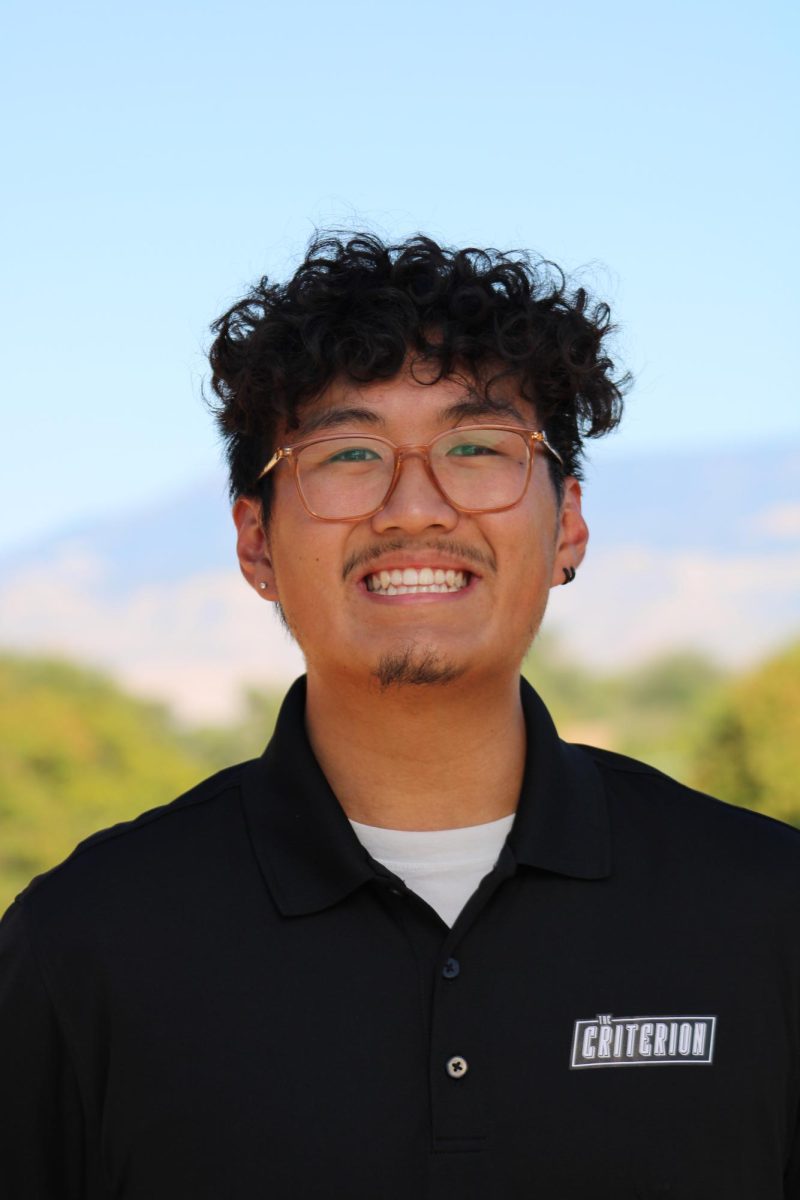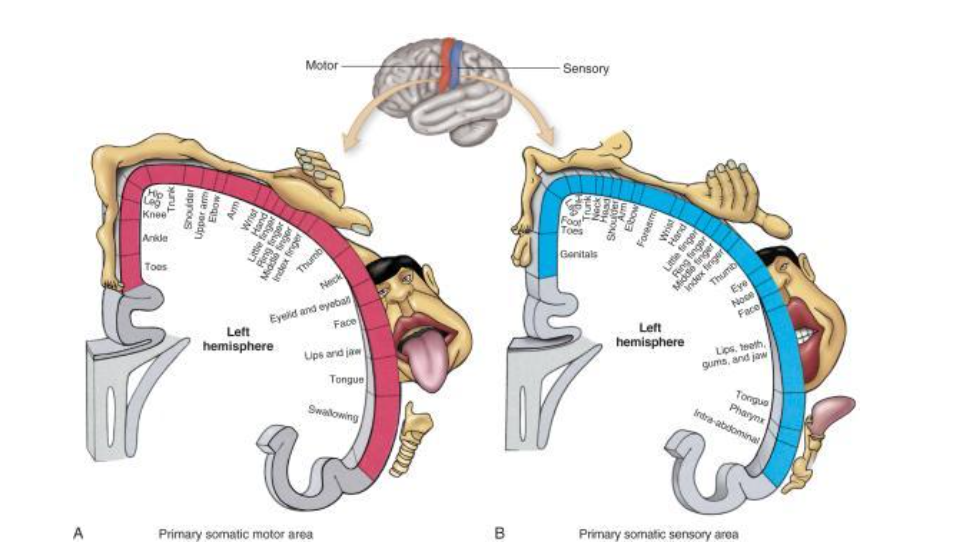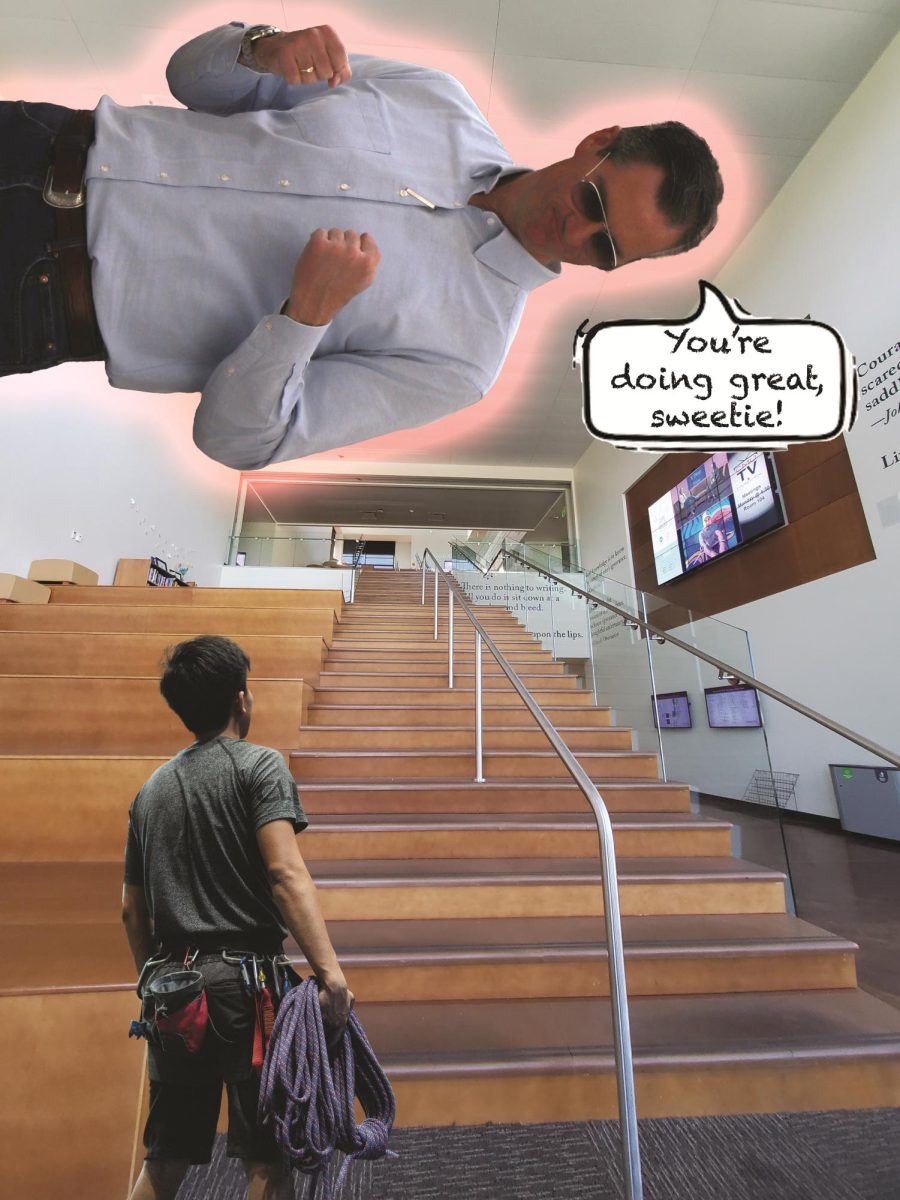When humans decided to cast off the nomadic lifestyle, agriculture was a key component. Something so simple as sowing a seed allowed us to put down roots, both literally and figuratively and it changed the course of human existence entirely.
Today, the average human has little to no involvement in the agricultural process. Although I grow a modest garden in my yard in the summer, I go to the grocery store to get food. When I’m there, I buy processed, boxed or frozen food in addition to whole foods from the produce section.
Sometimes when I’m casually strolling the aisles, looking for deals or something to satisfy my munchies, I fall into a slight existential crisis because the grocery store suddenly becomes very weird.
Struggling under the weight of all that fluorescent lighting, the aisles close in on me like a booby trap in an Indiana Jones movie. I begin to question how I got here, how humans got here and where things will be in 10, 50 or 100 years.
Global food scarcity is a myth. Resource hoarding on the other hand, is not.
According to Food First, there is absolutely more than enough food on this planet to feed every human and then some. However, the developed countries in the world have engineered the food systems to service heavy animal consumption and season-less produce variety.
When combined with industrial agri-business conglomerates sweeping up viable farm land hand-over-fist it creates supplier-induced scarcity. This deity-like control over the food systems has enabled the inflation of the cost of food and those profits are funneled into the top 1%.
Earth is rapidly losing its biodiversity at the hands of practices like slash and burn techniques used in the Amazon to clear land for cattle. Tomatoes purchased in the US during the winter were likely harvested by someone in debt peonage–a modern form of slavery. Processing animal products takes a significant amount of water and fuel which contributes to climate insecurity.
Since 1970, Latin America has lost 94% of its biodiversity and the World Wildlife Fund (WWF) says the majority of the loss is due to large-scale farming used mostly for beef cattle.
Almost all farming is based around growing one single crop or raising one type of livestock over a huge land area. Monoculture farming caused the Dust Bowl in the 1930s and humans in power seem hell-bent on repeating that part of history.
In the US, 90% of tomatoes grown in the winter come from the poor, rural area of Immokalee, Florida. As recently as 2022, labor contractors in the tomato industry have been charged with “conspiracy to commit forced labor,” according to the US Department of Labor. Also known as slavery, this industry preys upon recently migrated Latinx people and traps them into a cycle of debt peonage that is designed to continually accrue and be unpayable.
Barry Estabrook’s book “Tomatoland” describes migrant laborers in Immokalee that were forced, under threat of violence, to harvest tomatoes for 10-12 hours a day. They were charged for food and rent only to be given stale tortillas to eat in a locked box truck that they slept in between shifts.
The people that tend to grow, harvest and process all of the food in the US are poor, uneducated and racial minorities. When starvation occurs, those that die first are poor, uneducated and racial minorities.
In Mesa County, grapes and peaches are some of the biggest agricultural products. They are harvested almost exclusively by H2-A migrant laborers, making this valley no exception to that reality.
Oftentimes, the most vulnerable are farmers that ship off every last ounce of their product because it belonged to a company like ConAgra before the plants even sprouted. A critical link in the food chain, growers, harvesters and processors are some of the most vulnerable to food insecurity.
According to the Water Footprint Network, a single quarter pound hamburger by itself takes approximately 460 gallons of water to produce. Considering the US imports the majority of its beef, that patty can travel upwards of 10,000 miles before sliding onto a bun.
Everywhere I look in the grocery store, I’m suffocated with unethical decisions. Fragility within this artificial food chain often leaves me feeling hopeless about where myself or the next generation will eventually get their food.
The cost of food forcibly points me, and many others, to the least expensive options. Due to heavy government subsidies, meat, dairy and processed foods are the cheapest options. Livestock, animal feed and grain for processed foods receive approximately 38% of USDA subsidies compared to just 4% for fresh fruits and vegetables.
One study from the American Enterprise Institute (AEI) showed that of that 38%, the few largest corporations that make up 90% of all agricultural sales received almost 70% of that subsidy. Small farmers got pennies while agri-business got everything else.
If we maintain this trajectory, the pseudo-scarcity will eventually lead to starvation, devastating weather will continue to displace millions of people and like the plot of “Interstellar,” all we will be left with is corn.
However, the optimist in me can’t believe the future of food is all doom and gloom.
Developments in sustainable agriculture like hydroponics, agroforestry and permaculture are pointing our systems in a more resilient direction. The technology and knowledge is available, now it just needs to be implemented on a national scale.
CMU Tech offers associate programs and certificates in sustainable agriculture and viticulture. If widespread investment in these practices occurs, the job market will expand and demand for this training will likely increase.
Grassroots organizations like the Coalition of Immokalee Workers have their boots on the ground to defend human rights. They seek to hold corporations that employ the use of forced labor accountable for these inhumane choices. Living wages and redistribution of wealth is pivotal to making food systems more resilient to collapse.
Conservation and research like through the WWF and AEI is putting information in the hands of consumers. Purchasing healthy whole foods is a privilege that many do not have, which means that if we want the food systems to last forever, then they have to work for everyone, not just those with affluence and capital.
Change is scary, especially when it comes to something so socially conditioned to be mindless. I want to go to the grocery store and feel good about the choices I make when I’m there. I want to leave this planet viable for the future generation of CMU students.
A simple collective shift in consumer purchasing trends and some political rearrangement would probably be enough to change the trajectory of human existence entirely.








